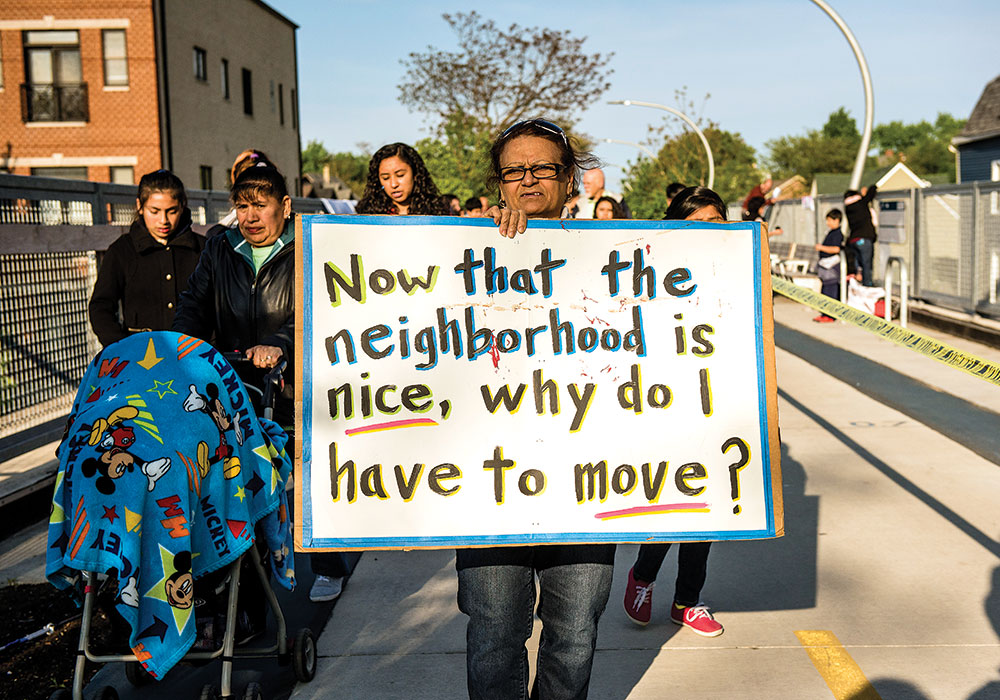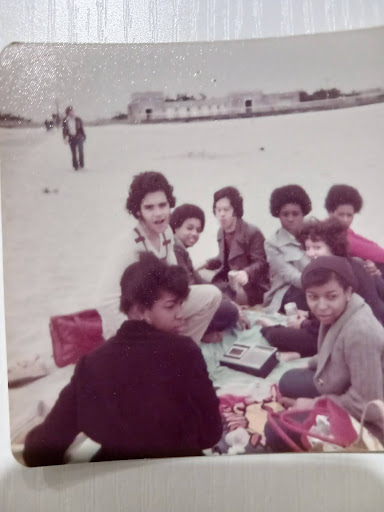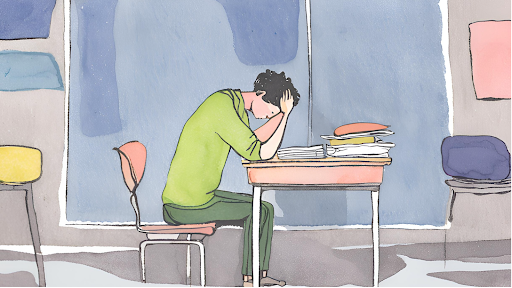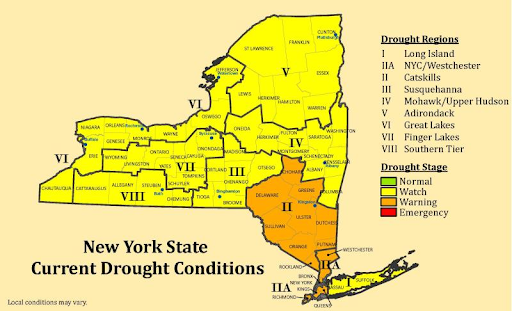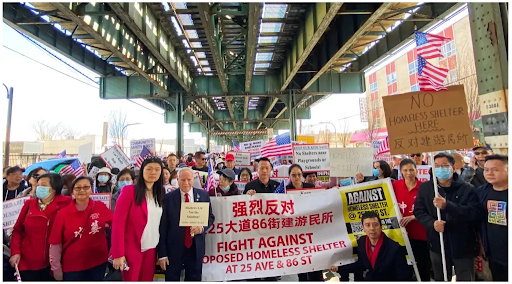“It’s going to be a war here.”
“This is the wrong place and the wrong policy.”
Since March, protesters in Bensonhurst have spoken out as the Department of Social Services (DSS) has proceeded with the construction of a 32-room shelter to house 150 single men, some of whom struggle with mental illness. Located at 2501 86th Street and its neighboring buildings, the shelter will offer case management, housing placement, and other services to help occupants find employment and permanent housing. These resources can be life-saving for homeless individuals, making shelters all the more necessary for New York’s growing housing crisis.
The construction has spurred heated debate, with advocates stressing the need for a homeless shelter that provides critical services nowhere to be found in the district, while critics express fears of increased crime close to students in nearby schools, and reduced property values. The public split within the Bensonhurst community is an expression of the political, societal, and personal stigmas that surround the unhoused and the anxiety they can stir.
The same anxiety seems to be present in the Tech community. In a poll conducted by The Survey, 59% of students responded that they would not feel comfortable with a homeless shelter being built in their neighborhood. Proposals to build shelters inevitably face local concerns and pushback from residents in these areas.
The Bensonhurst shelter is a necessity, but must also address community concerns thoughtfully, following guidelines that safeguard the well-being of both neighborhood residents and those it seeks to support.
Across the United States, homelessness has reached a record high, with 653,104 individuals experiencing homelessness on a single night in January 2023, a steep 12.1% increase from the previous year—highlighting the necessity of shelters. Yet the “not in my backyard” (NIMBY) mentality has become prevalent, preventing homeless-helping action from taking place.
Media major Noel Liu (‘26) expressed concerns regarding those with the NIMBY mentality. Liu explained that while homeless shelters “temporarily solve the issue [of homelessness],” she is afraid of potentially being harassed, pickpocketed, or assaulted if a shelter was built in her neighborhood. Liu’s perspective is driven by previous encounters with robbery. She recounted her car being broken into, amongst other crimes. Still, there was no clear indicator that the perpetrator was a homeless individual.
Liu’s initial concerns about neighborhood safety following the arrival of homeless individuals reflect apprehensions shared even by those who support the shelter. Civil Engineering major Andy Chen (‘25) considers the reaction of residents to largely be an “inaccurate perception because everybody has [an] implicit bias.” The stigma surrounding the unhoused has resulted in the dehumanization of the homeless, causing neighborhoods to push them away rather than recognize their needs.
Stigma also often obscures the reality of the situation. School Security Officer Deidre Best pointed out that concerns over a homeless shelter endangering students from nearby schools may not fully reflect reality. Based on her experiences, homeless individuals around Tech are typically “polite” and “quick” in their response when asked to leave. She has no concerns for students attending school near a shelter.
City governments have also pushed back against homelessness due to prevailing stigma. In New York City, for example, “hostile architecture,” an urban design approach that intentionally restricts certain behaviors, has been implemented to deter homeless individuals from using public infrastructure for shelter. These strategies aim to prevent people from sleeping in public spaces, reflecting a bias that has hindered effective responses to increasing homelessness and contributed to concerning levels of criminalization.
Grants Pass, a city in Oregon, has a population of 38,000 residents; 600 of whom are homeless, exceeding the capacity of the city’s shelters. As an attempt to prevent homeless individuals from sleeping on the street, the city passed laws prohibiting people from using blankets, pillows, and cardboard boxes while sleeping in public areas. In June 2024, the Supreme Court agreed to hear the case of the City of Grants Pass, Oregon v. Johnson, after the city was sued on the basis that the ordinances violated a prohibition on cruel and unusual punishment as it targeted the homeless.
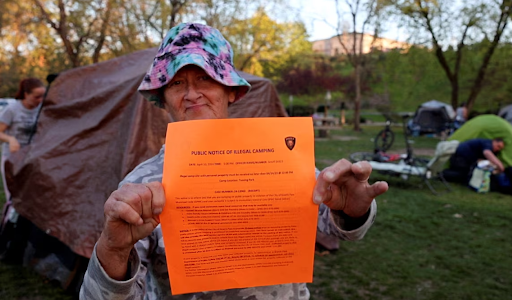
Ultimately, the Supreme Court ruled that cities can fine and arrest individuals sleeping or camping in public spaces, even if adequate shelter isn’t available. Although anyone could suffer consequences from the ruling, it is clearly targeted at the homeless.
Constitutional Law teacher Mr. Stephen Stavola weighed in, saying, “It just moves people back and forth to different places.” Not only does this ruling fail to support the homeless, but “it creates the situation where [homeless individuals] are now in the criminal justice system, which they can’t afford to be in.” Mr. Stavola emphasized that criminalization “undermines the process of getting homeless people more integrated, back into the workforce and back into a situation in which they could have a home.” Laws that push homeless populations out of sight exacerbate the underlying issues that cause homelessness in the first place.
Even the implementation of shelters and resources for homeless people is riddled with inequalities. “Not in My Backyard” (NIMBY) attitudes have led to the disproportionate construction of homeless shelters in less affluent, minority neighborhoods rather than in wealthy ones. Black and Hispanic communities in low-income neighborhoods bear the responsibility of housing the homeless, despite facing high levels of poverty themselves.
As protests continue, the tension between city officials and Bensonhurst residents highlights the need for better communication and transparency. Chen emphasized, “We need to have a real conversation. We need to sit down with city officials and reach a consensus through democratic means.” Key details, such as curfews, registration processes, and in-patient care, remain unclear, leaving many questions unanswered.









